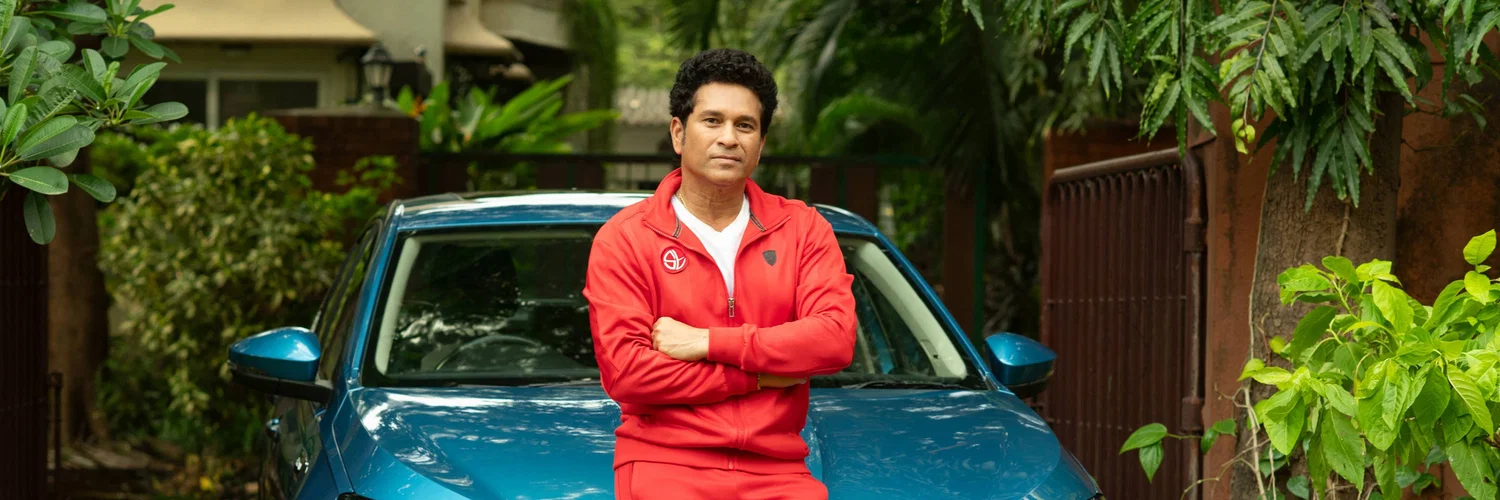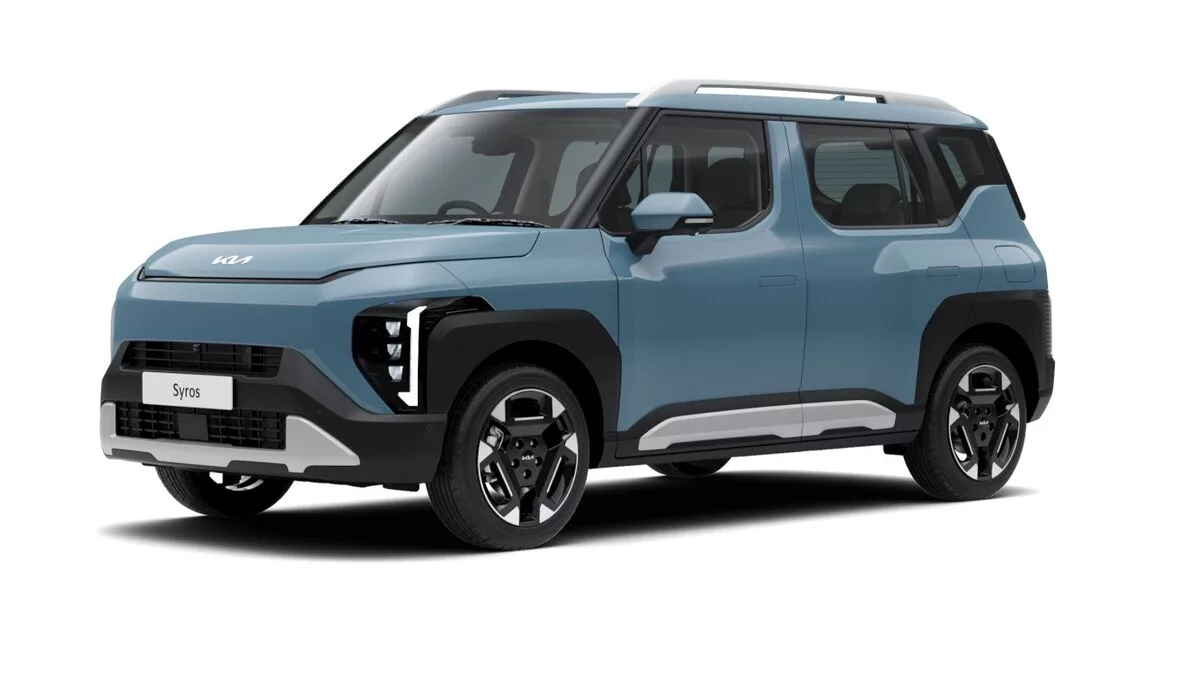The Union Budget 2022 set the blueprint for India at 100 and set out certain areas of focus for economic development. One area of focus is the emphasis on creating the infrastructure to allow mass adoption of electric vehicles. The Finance Minister Nirmala Sitharaman announced that a Battery Swapping Policy will be established in the coming months to make EVs more affordable and accessible to the masses.
What is the Battery Swapping Policy?
During her Budget speech, the Finance Minister stated that “considering the constraint space in urban areas for setting up (electric vehicles) charging stations, a battery swapping policy will be brought out and interoperability standards will be formulated.” These are the key points to consider from this statement:
EV Battery Swapping Stations

Unlike the USA or Europe, India lacks the EV charging infrastructure in accessible public locations. This lack of charging infrastructure makes EVs unattractive for many people who are looking for convenience. EV battery swapping stations is an effective solution as less space is required and EV owners can quickly swap their batteries for fully charged batteries in a matter of minutes.
Standards of Interoperability
This policy also sets out a plan to establish standards of interoperability to make battery swappable EVs easier to buy into. This means that the battery you buy will be useable on EVs from brand A as well as brand B.
More Investment, More Products
A direct effect of this policy will be the increased investment from existing and new EV manufacturers. With set standards, manufacturers can focus on improving the embedded technology and efficiency of the batteries. These same standards are beneficial for EV owners as they can choose between competitive products for their EV.
Will Battery Swapping make EVs cheaper?
The major contributor to the cost of an electric vehicle is the battery. The technology involved in making these batteries efficient as well as the cost of the materials adds to the overall cost of the car. This results in cars like the Tata Tigor EV being ₹3 lakh more expensive than the highest variant of the petrol Tigor.
By removing the battery from the EV and offering it as a separate purchase, the cost of the EV comes down significantly. While you will still need to buy a battery for your EV, the lower upfront cost will help EVs appear more affordable for people to consider.
Battery as a Service Model
Another important way swappable batteries have a major cost advantage is long term life of the EV. Battery capacity degradation is an important factor to consider for long term EV ownership. A faulty battery will require the complete battery module to be replaced, which can be quite expensive.
Adopting a ‘Battery as a Service’ model will allow EV owners to choose the battery capacity they want in their vehicle as well as swap out old battery modules for new ones at a fraction of the cost. This makes this model more sustainable than non-swappable batteries and has the added benefit of being easier to recycle.
FAQ about Battery Swapping Policy
When will Battery Swapping Policy be introduced in India?
The Indian government announced the Battery Swapping Policy during the Union Budget in 2022. The implementation of this policy is expected to take place between 2022-23.
What is EV battery swapping?
EV battery swapping refers to the technology of swappable battery modules for EVs. Discharged battery modules can be swapped for fully charged EV modules at EV battery swapping stations.
Which EV cars in India allow battery swapping?
Currently, no EV cars in India offer battery swapping. Some electric 2 wheelers use this technology.
Do Tata electric cars offer swappable batteries?
Tata electric cars feature an integrated battery pack. These are not user-swappable and need to be replaced in the event of a malfunction.
What are battery swapping stations?
Battery swapping stations are stations where battery modules are stored and charged. EV owners can bring their discharged battery modules and exchange for fully charged battery modules.



















